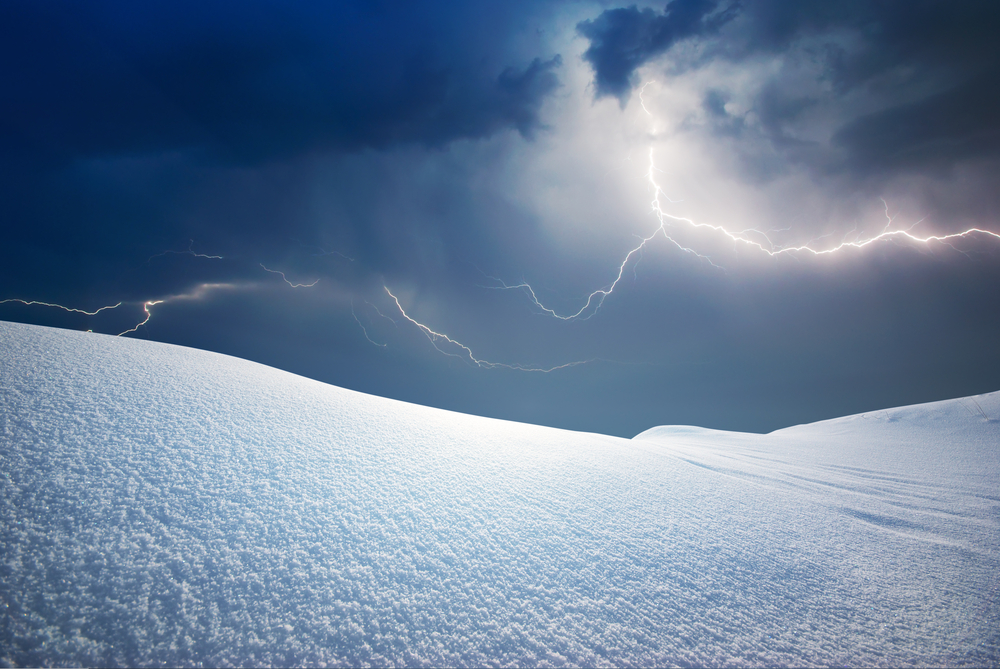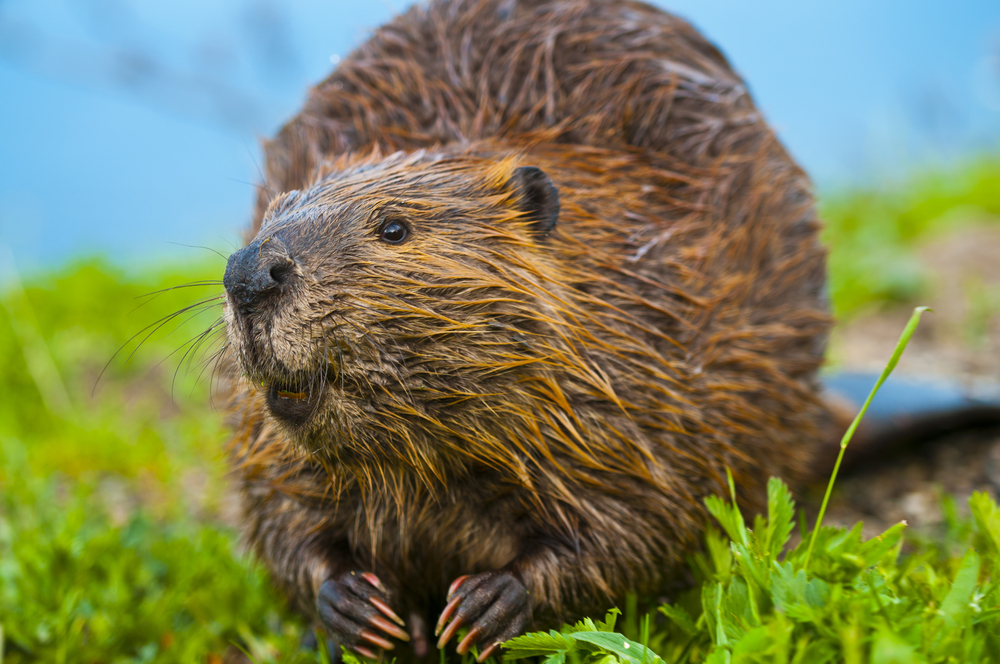Thundersnow – you might have heard this term when The Weather Channel’s Jim Cantore was surprised to hear a clap of thunder during a snowstorm and he shouted, “Thundersnow!” That viral clip brought attention to the phenomena of thundersnow, and many Americans who had never heard of this sought out information. After all, we know that Jim Cantore only goes where the action is, so thundersnow must be an exciting event!
What is thundersnow after all, and why did Jim Cantore get so surprised to experience it? Thundersnow is a thunderstorm that rains down snowy precipitation instead of plain old rain. That’s right, thundersnow takes place when thunder and lightning occur during the snow! In fact, the reason Jim Cantore got so excited about the thundersnow is that thundersnow only accompanies really bad weather, such as the bomb cyclone of 2018, which is the weather story Cantore was covering when the clap of thunder took him by surprise.
Thundersnow is RARE. That said, thundersnow is not your average thunderstorm. If you’ve seen Cantore’s viral clip, the typical “boom” associated with thunder is not heard. In fact, unless you know what to look for (or listen for, in this case), you might not hear the sound of thunder at all. That’s because the thunder during a thundersnow storm is muted.
The lightning of thundersnow is different too. It will be whiter (brighter) than usual, and it may be positively charged. In some instances, thundersnow may not be a snowstorm accompanied by thunder and lightning; it may be accompanied by freezing rain or hail. This is dependent upon the conditions of the storm.
Certain areas of the country will never see thundersnow. Places with a temperate or tropical climate will not see thundersnow. It should also be noted that thundersnow is such a rarity that it doesn’t often happen in the Deep South, where snow happens once or twice a year at most.

The most likely places to witness thundersnow are the coastlines of the United States, particularly on the East Coast. Next, thundersnow episodes have been reported in mountainous areas across the nation, and in places where “lake-effect” storms may be produced. Finally, one of the most likely places to witness an episode of thundersnow takes place in the Great Plains. Here, snow is as much a part of winter as the colder temperatures.
The Great Lakes, the Salt Lake area of Utah, Mount Everest, and the Midwestern United States report higher-than-normal episodes of thundersnow. The Sea of Japan, Great Britain, and parts of Israel also reported this phenomenon.






